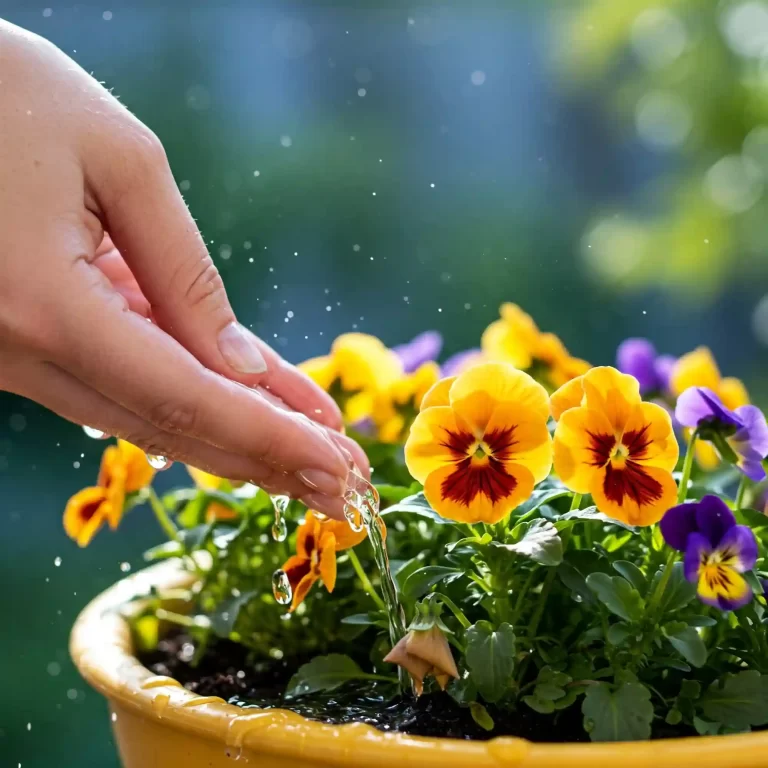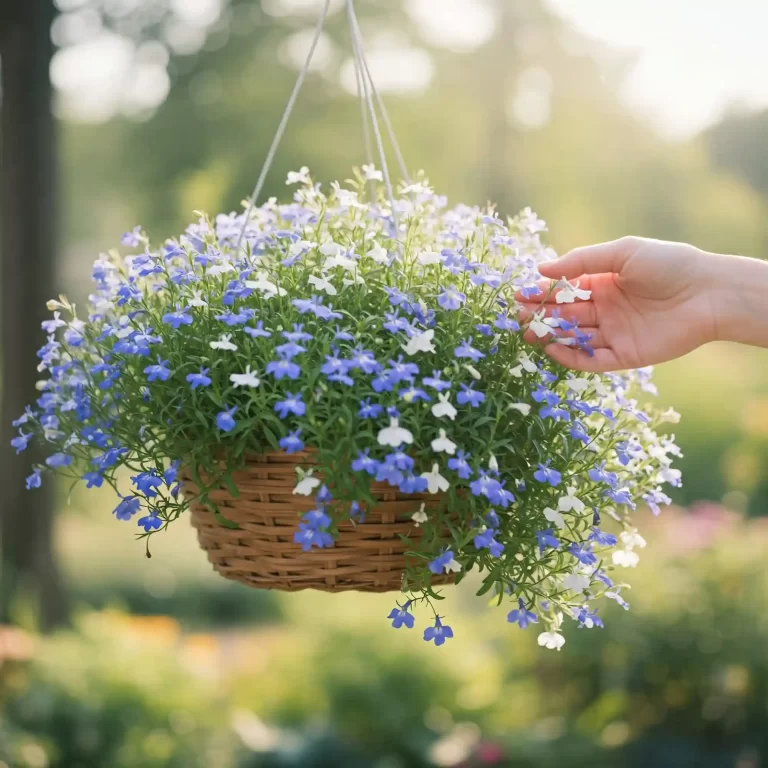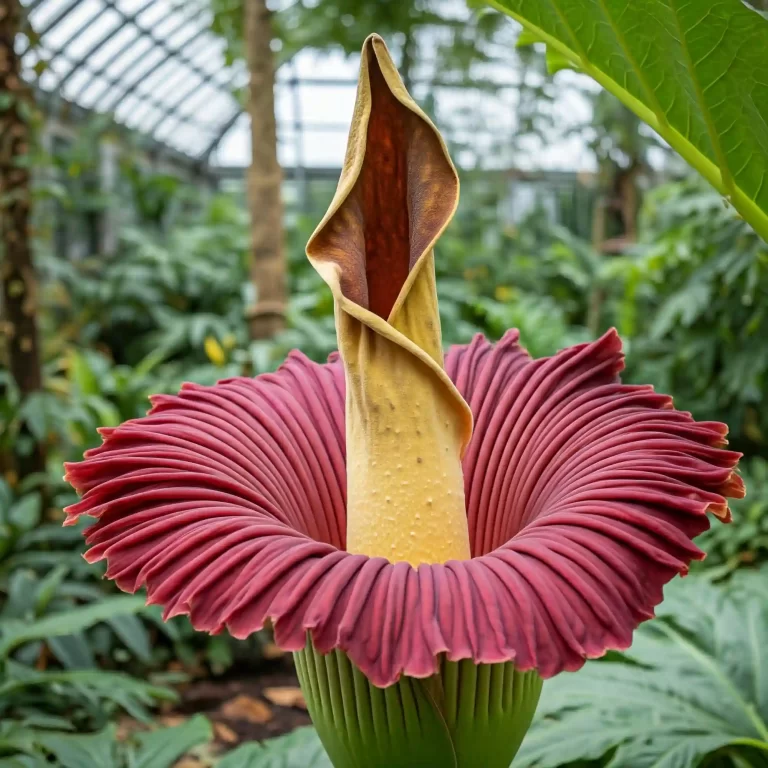
Acanthus, also known as Bear’s Breeches, is a captivating perennial prized for its architectural foliage and dramatic flower spikes. These sculptural plants add a touch of grandeur to gardens, standing out with their bold form and unique blooms. Whether you’re a seasoned gardener or just starting your floral journey, cultivating Acanthus is surprisingly achievable with the right knowledge. This comprehensive guide will equip you with everything you need to know to successfully grow Acanthus in your garden, transforming it into a showstopping spectacle.
Understanding Acanthus (Acanthus spp.)
Acanthus belongs to the Acanthaceae family, boasting over 50 species native to Mediterranean regions, western Asia, and parts of Africa. These herbaceous perennials are known for their stunning foliage and tall flower spikes that emerge in late spring or early summer. The flower spikes are adorned with showy bracts, typically in shades of white, purple, or pink, that house small tubular flowers. Acanthus foliage is equally captivating, featuring large, glossy leaves with deeply lobed or serrated edges. Depending on the variety, Acanthus plants can reach heights ranging from 2 to 4 feet, providing a bold vertical accent in garden borders.
There are several popular Acanthus species cultivated in gardens, each offering unique characteristics:
- Acanthus mollis (Spiny Bear’s Breeches): This widely grown variety features soft, silvery-green leaves and tall, white flower spikes with purple bracts.
- Acanthus spinosus (Spiny Acanthus): Known for its architectural form, Acanthus spinosus has glossy, dark green leaves with prominent spines and showy white flower spikes with purple bracts.
- Acanthus hungaricus (Hungarian Bear’s Breeches): This unique variety boasts narrow, deeply lobed leaves and vibrant purple flower spikes.
Choosing the Perfect Spot for Your Acanthus
Finding the ideal location is crucial for ensuring your Acanthus thrives in your garden. Here are the key factors to consider:
Light Requirements
Acanthus flourishes in areas receiving full sun to partial shade. While they can tolerate some afternoon shade, providing at least 6-8 hours of direct sunlight daily is ideal for promoting optimal growth and flower production.
Soil Conditions
Well-drained soil is paramount for Acanthus success. These plants struggle in soggy conditions, so ensure your chosen planting site has good drainage. If your soil is heavy clay, amending it with compost or sand can improve drainage. Acanthus prefers fertile soil, so incorporating organic matter like compost or aged manure before planting is beneficial.
Here’s a table summarizing the ideal soil conditions for Acanthus:
| Factor | Description |
| Drainage | Well-drained |
| Fertility | Fertile, amended with compost or aged manure |
| pH Level | Slightly acidic to neutral (pH 6.0-7.5) |
Planting Your Acanthus
Once you’ve selected the perfect location, it’s time to plant your Acanthus. Here’s a step-by-step guide:
Timing
The ideal planting time for Acanthus depends on your climate. In warmer climates with mild winters, planting can be done in fall (after the heat of summer has passed). For cooler climates with harsher winters, planting in spring (after the danger of frost has passed) is recommended.
Spacing
Acanthus plants grow into sizeable clumps over time. When planting, ensure adequate spacing to accommodate their mature size. Space individual plants 3-4 feet apart to allow for proper growth and air circulation.
Planting Process
- Dig a hole: Create a planting hole 2-3 times wider and deeper than the root ball of your Acanthus plant.
- Amend the soil: If necessary, mix compost or aged manure into the excavated soil to improve drainage and fertility.
- Position the plant: Carefully place your Acanthus plant in the hole, ensuring the crown the point where the roots meet the stem sits level with the surrounding soil surface. Avoid burying the crown too deeply.
- Backfill the hole: Gently fill the hole with the amended soil, firming it down gently to remove air pockets.
- Water thoroughly: Water the newly planted Acanthus deeply to settle the soil and ensure proper hydration.
Caring for Your Acanthus
With proper care, your Acanthus will reward you with years of vibrant blooms and lush foliage. Here are some key maintenance tips:
Watering
Acanthus appreciates consistent moisture, especially during the first growing season. Aim to water your plants deeply once a week, allowing the soil to dry slightly between waterings. Avoid overwatering, as this can lead to root rot.
During periods of hot weather or drought, you may need to increase watering frequency to maintain consistent moisture. As your Acanthus matures and establishes itself, watering requirements may decrease.
Here’s a table summarizing watering needs for Acanthus throughout the growing season:
| Season | Watering Frequency |
| First Growing Season | Deep watering once a week |
| Established Plants | Water when the top inch of soil dries out |
Feeding
Acanthus is not a heavy feeder. A light application of a balanced fertilizer during the spring growing season can be beneficial. However, avoid over-fertilizing, as this can promote excessive foliage growth at the expense of flowers. A mulch layer around the base of the plant can help retain moisture and suppress weeds, further reducing the need for frequent fertilization.
Maintaining the Beauty of Your Acanthus
A few simple maintenance practices can enhance the overall appearance and health of your Acanthus:
Deadheading
Once the Acanthus flowers begin to fade, deadheading spent blooms is recommended. This encourages the plant to produce additional flowers throughout the season. Simply snip off the flower stalks just below the faded blooms using sharp pruners.
Pruning
Acanthus foliage typically remains attractive throughout the growing season. However, if the leaves become damaged or unsightly, you can prune them back lightly. Wait until late fall or early spring before pruning to avoid harming new growth. Remove any dead or diseased foliage at this time as well.
Winter Care
Acanthus is generally considered a cold-hardy perennial, tolerating temperatures down to USDA hardiness zone 5 (around -29°C). However, in colder climates, providing winter protection can be beneficial, especially for young plants.
Here are some tips for winterizing your Acanthus:
- After the first frost, apply a layer of mulch around the base of the plant to insulate the roots. Use organic materials such as shredded leaves, compost, or straw.
- In very cold climates, you can also cover the foliage with burlap or evergreen boughs to provide additional protection.
Propagation: Sharing the Beauty of Acanthus
There are two primary methods for propagating Acanthus: division and seed sowing.
Division
Division is the most common method for propagating Acanthus. The ideal time for division is in spring or fall, when the plant is dormant.
Here’s a step-by-step guide to dividing Acanthus:
- Dig up the mature Acanthus plant: Carefully dig up the entire plant using a garden fork.
- Divide the root ball: Using a sharp knife or spade, divide the root ball into several sections, ensuring each section has healthy roots and buds (eyes).
- Replant the divisions: Replant the divisions in prepared planting holes, following the planting instructions outlined earlier in this guide.
Seed Sowing
While less common, Acanthus can also be propagated by seed sowing. Seeds can be sown indoors in pots during late winter or early spring. Once seedlings establish themselves, they can be transplanted outdoors in late spring or early summer after the danger of frost has passed.
Troubleshooting Common Acanthus Problems
Acanthus is a relatively low-maintenance plant, but there are a few potential problems to watch out for:
Leaf Spot Disease
Fungal diseases such as leaf spot can occasionally affect Acanthus. Symptoms include brown or yellow spots on the leaves. To prevent leaf spot, ensure good air circulation around your plants and avoid overhead watering. If leaf spot does occur, remove and destroy affected foliage to prevent further spread. In severe cases, a fungicide application may be necessary.
Root Rot
Root rot can develop if Acanthus is planted in poorly drained soil or overwatered. Signs of root rot include wilting foliage and stunted growth. If you suspect root rot, carefully dig up the plant and inspect the roots. If the roots are brown and mushy, the plant may not be salvageable. However, if some healthy roots remain, you can try repotting the plant in fresh, well-drained soil.
Conclusion: Acanthus – A Showstopper for Your Garden
With its bold architectural form and captivating blooms, Acanthus is a remarkable addition to any garden. By following the tips outlined in this guide, you can successfully cultivate these stunning plants and enjoy their beauty for years to come. Acanthus thrives with minimal care, making it a great choice for gardeners of all experience levels. So, why not add a touch of grandeur to your garden and plant some Acanthus today? You’ll be rewarded with a showstopping spectacle that will turn heads and leave a lasting impression.



